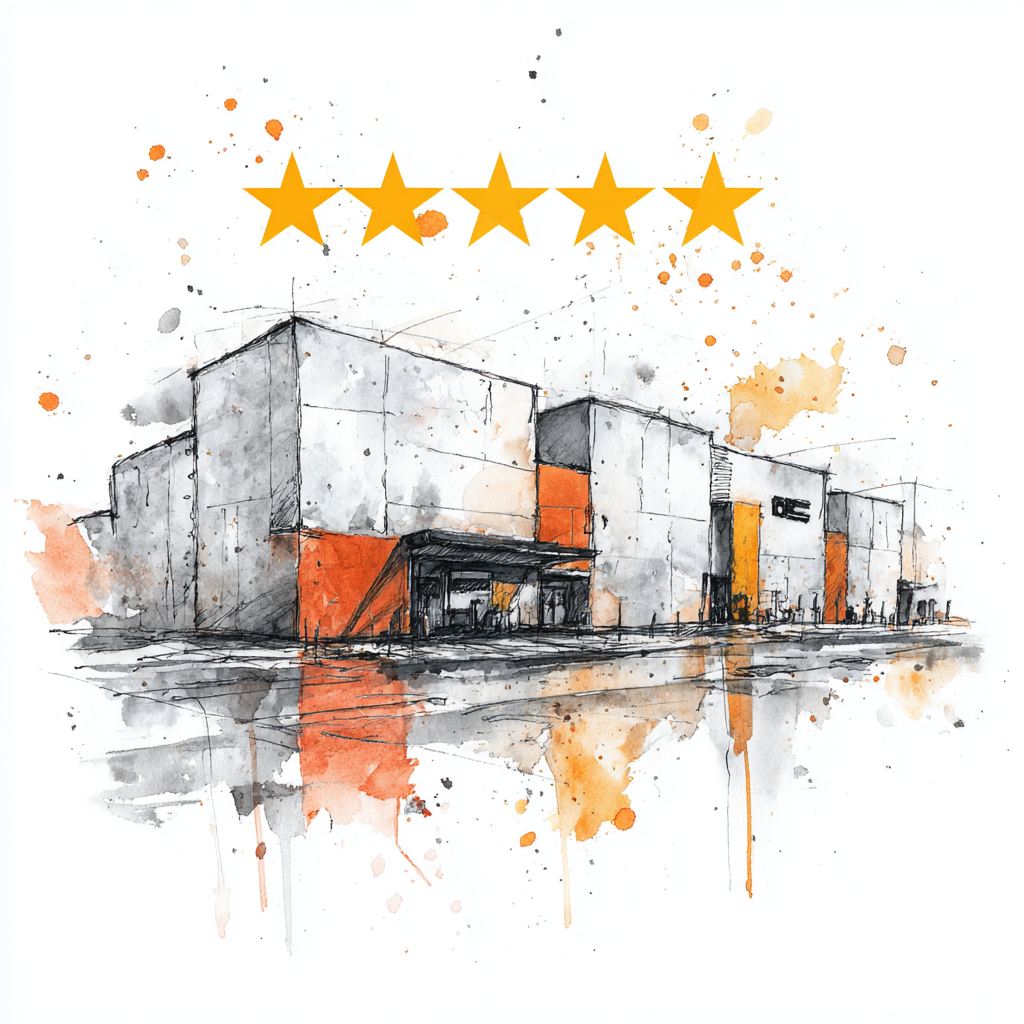
Customer Experience
Dynamic Pricing In Self-Storage: The Smartest Operators Aren’t Guessing Rates
When we talk to fast-growing operators, one thing becomes pretty clear. The ones increasing revenue without adding new units are doing more than just filling space. These operators are often leveraging dynamic pricing to make every square foot more profitable.
Don’t think of dynamic pricing as a gimmick. Facility operators see it as a system. It allows your pricing to adapt in real-time based on demand, occupancy, market conditions, and tenant behavior. So, in other words, the system takes the guesswork out of what you should charge at any given time.
If your current pricing strategy is "look at local competitors once a quarter and hope for the best," it’s probably time to start taking a more considered approach.
What Makes Automated Dynamic Pricing So Powerful?
Static pricing leaves money on the table. We see it all the time.
Prices set once and rarely reviewed often fall out of sync with current demand. That gap between market conditions and your rates is where revenue gets lost.
Dynamic pricing adjusts in response to real-world signals. As demand grows or units become scarce, rates increase accordingly. If occupancy drops or local competition shifts, pricing adapts to remain competitive.
This approach helps you stay aligned with the market and capture value with greater precision.
How Do Operators Set It Up?
Operators using dynamic pricing typically define rules based on key data points like occupancy levels, move-in velocity, unit type, and historical seasonality.
With the right setup, pricing changes are triggered automatically. A unit hitting 90% occupancy might increase $5. One sitting vacant for more than 30 days could activate a time-limited discount. These adjustments can run quietly in the background, freeing your team from manual oversight.
Once these rules are in place, your pricing updates itself using live data to inform every adjustment.
Are Tenants Put Off By Fluctuating Prices?
Self-storage tenants tell us they expect pricing to respond to availability. We’ve all seen it in hotels, rideshares, and airfare. What matters most is timing and clarity.
Tenants tend to respond well when price changes are presented up front during booking. Surprises after the fact tend to erode trust. This is why operators using automation solutions like swivl often pair pricing strategies with proactive messaging. Explaining the "why" behind the rate makes a big difference.
As long as pricing is consistent, logical, and clearly communicated, most tenants are comfortable with it.
Which Units Should You Apply It To?
Dynamic pricing doesn’t need to apply to every single unit. We usually recommend starting with the ones that clearly outperform others or lag behind.
You might notice that 10x10 climate-controlled units are always at capacity. Those are prime candidates for a price increase. On the other hand, upper-floor units with low demand could benefit from slight reductions or special promotions.
This allows operators to fine-tune rates based on real performance rather than broad assumptions.
How Does This Impact Revenue Long-Term?
Static pricing assumes the market stays still. But tenant behavior, seasonality, and competition all evolve constantly. Holding your rates steady while everything else changes puts your business at a disadvantage.
Dynamic pricing gives you the flexibility to respond intelligently. Operators using this approach typically see stronger revenue per available unit, more predictable lease-up performance, and more strategic discounting.
As we’ve seen through the facilities swivl has partnered with, this creates more resilient businesses that are built to grow rather than simply maintain.
What Tools Should You Consider?
To make dynamic pricing work, you need visibility. We are seeing far too many facility operators flying blind and deciding pricing based on gut instinct. That has to stop.
Real-time data on unit occupancy, rate sensitivity, and competitor benchmarks allows you to make smarter decisions that’ll actually lead to units getting booked up.
We suggest looking for tools that provide:
- Occupancy tracking across unit types
- Competitor rate monitoring
- Custom pricing rule engines
Many of these automation tools will provide useful insights into how your facility is performing and where pricing opportunities exist.
Your Team’s Time Is Better Spent Elsewhere
Manual pricing decisions are time-consuming. They require someone to gather data, run comparisons, and make individual updates across unit types.
Dynamic pricing removes that burden. Your team can focus on delivering better service, improving tenant relationships, and growing occupancy. Not endlessly updating spreadsheets.
This leads to fewer errors, faster decision-making, and more consistency across your business.
The Market Is Already Moving
Modern self-storage tenants compare prices, evaluate options, and expect value that reflects real availability. If your pricing lags behind market trends, you’ll feel it in slower move-ins and missed revenue.
Dynamic pricing puts you in step with your market. It helps you react in real time, stay competitive, and drive stronger results without increasing your unit count.
Small adjustments in pricing strategy can deliver meaningful returns. That’s why leading operators are investing in systems that help them price more precisely and operate more efficiently.
Want to see how swivl can allow you to dynamically adjust pricing without lifting a finger? Book a live demo with swivl and see it in action.


.jpg)













